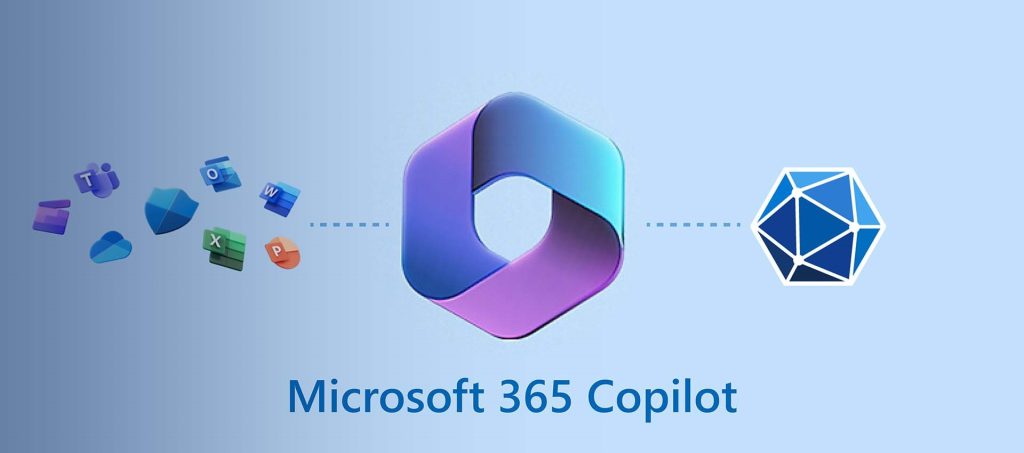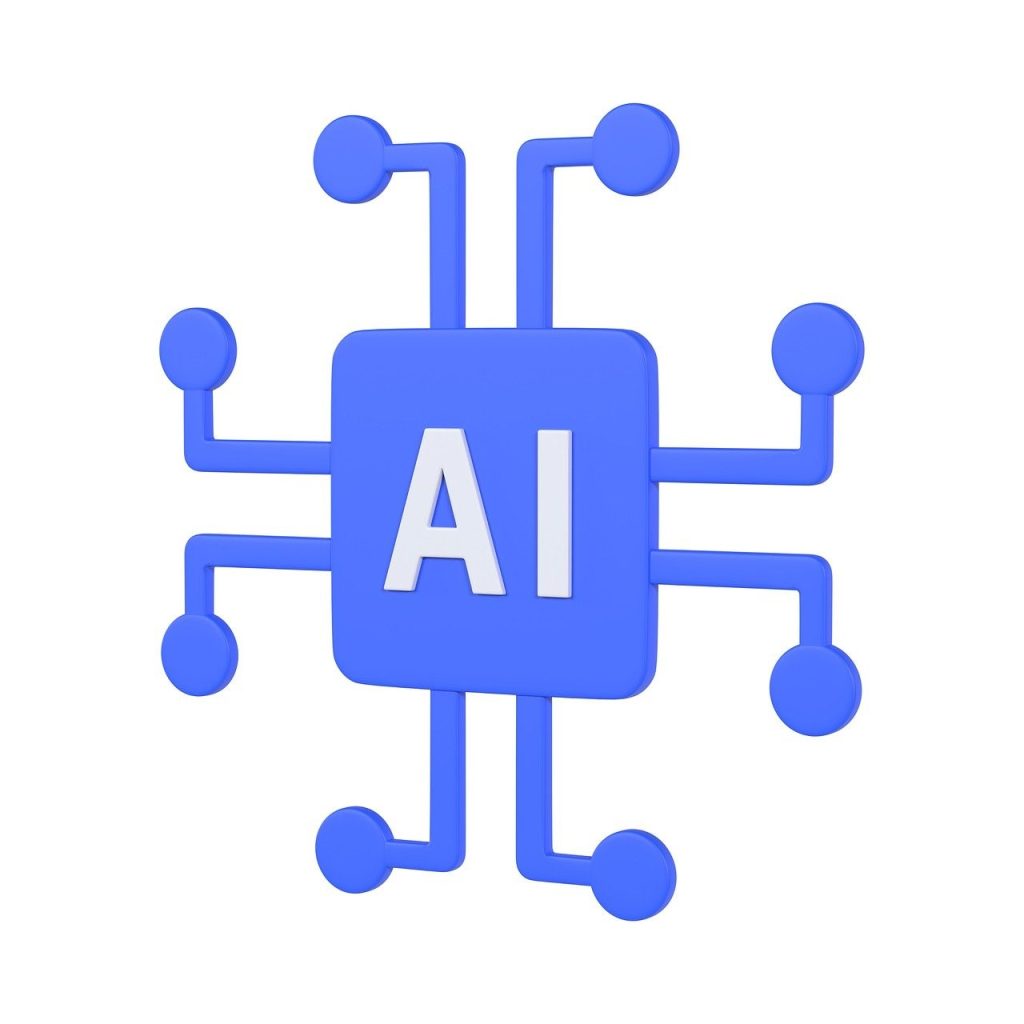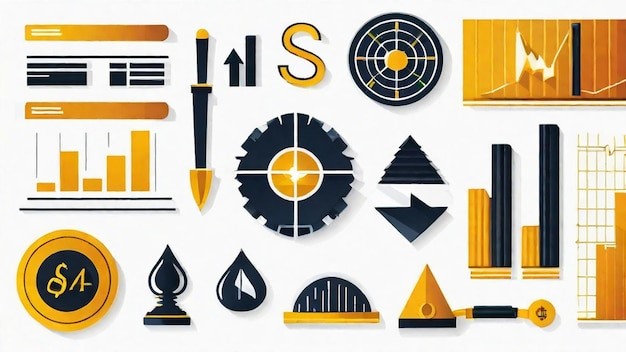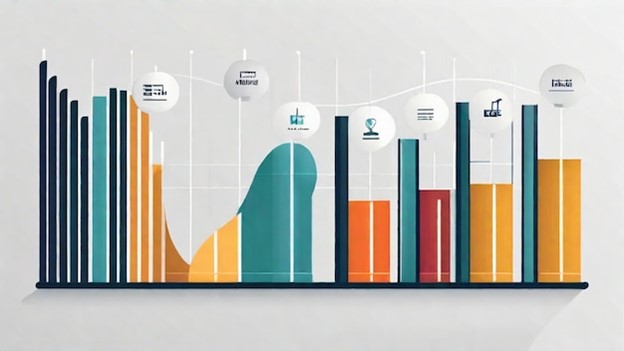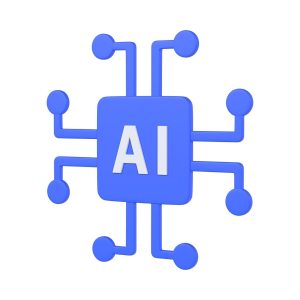Artificial Intelligence (AI) has become a game-changer in every sector it has been introduced to, including sports analytics. The significance of AI’s contribution to sports analytics cannot be overlooked. It serves as an invisible player, a game-changing element, a team member, and a tactician assisting teams and athletes to restructure their competitive plans.
Essentially, integrating AI into sports analytics includes employing algorithms and data evaluation to boost performance, plan gameplay, and forecast outcomes. This transformation has altered the ways sports are played, instructed, and even viewed. It’s akin to having a round-the-clock virtual coach that processes all obtainable data to make the most effective decisions for the squad.
But where does AI fit within the sports sector? How is it utilized and what are its effects? This piece seeks to address these queries, offering an in-depth view into the intriguing world of AI in sports analytics.
The Impact of AI on the Sports Industry
The influence of AI on the sports industry is significant and wide-ranging, transforming all facets of the sport, from preparation to performance improvement, and even spectator involvement. The role of data in sports has seen a dramatic surge in recent times. Through the application of AI in sports analytics, this information can be evaluated in real-time, offering critical understandings that were once inconceivable.
For example, AI has the potential to monitor player performance, pinpointing their strengths, deficiencies, and physical fitness beyond what human abilities can perceive. This technological advantage allows coaches to tailor training protocols, enhance player efficiency, and ultimately boost the team’s probability of securing victories.
It has also transformed the manner in which sports enthusiasts interact with their favorite games. Through AI-powered applications, fans have the ability to receive tailored content, participate in immersive experiences, and even foresee the results of matches. This has not only enhanced the experience for sports followers, but also carved out new paths for income creation within the sporting sector.
How is AI Used in Sports?
So, what’s the role of AI in sports? It’s extensive and diverse, covering everything from monitoring performance to forecasting injuries and strategizing games. Sports analytics with AI employ machine learning techniques to scrutinize data collected from different sources. This could involve player stats, histories, or even live data derived from sensors integrated into sports gear.
A significant application of AI in sports revolves around player monitoring and performance evaluation. By leveraging AI, teams have the ability to track player activity, heart rates, and additional physical parameters. This captured information can subsequently be scrutinized to evaluate an athlete’s performance, pinpoint potential areas of enhancement, and even foresee risks of injury.
AI is also utilized in strategizing games. By evaluating previous games and player’s performances, AI can forecast the results of future games and recommend tactics. This aids coaches and teams in making knowledgeable choices and strategizing efficiently. AI has become an essential instrument in sports training, delivering insights that assist in the development of training schedules and strategies.
Case Studies: AI in Sports Training
Let’s examine a few instances to comprehend how AI is employed in sports coaching. A significant instance is the German National Football team’s adoption of AI in the 2014 World Cup. They utilized a program named Match Insights, which scrutinized player efficacy and game plans, aiding the team in formulating strategies that led them to clinch the championship.
A further instance involves the application of AI in tennis coaching. IBM’s Watson AI was deployed at Wimbledon to scrutinize player performance, evaluate game tactics, and even anticipate match results. This furnished crucial intel to athletes and their coaches, aiding in the formulation of strategies and enhancement of performance.
The Decision Review System (DRS) is a tech-driven method utilized in cricket to assist the match officials with their decision-making process. This system is designed to rectify any errors or misjudgments made by the on-field umpire.
The principal components utilized include video reviews from television, technology that traces the ball’s trajectory and forecasts its potential path towards the stumps, microphones to recognize subtle noises or snicks made when the ball strikes the bat or pad, and infra-red imaging to observe changes in temperature when the ball contacts the bat or pad.
These case studies underscore the game-changing potential of AI in athletic coaching. By offering immediate data interpretation and forecast analytics, AI aids teams and athletes in devising strategies, enhancing their performance, and maintaining a competitive edge.
Understanding Competitive Strategies Redefined by AI in Sports Analytics
The advent of Artificial Intelligence (AI) in the realm of sports analytics has brought about a significant revolution in the way competitive strategies are approached. The focus has undergone a paradigm shift, moving away from relying solely on the physical prowess of athletes. Instead, it now leans towards strategies and decisions that are firmly backed by concrete data. AI, with its advanced capabilities, provides immediate and insightful revelations into the intricate tactics of the game, as well as the performance of the individual players. This invaluable information aids teams and their coaches in planning their strategies and tactics in a more effective and efficient manner, thereby maximizing their potential for success.
Data-centric competitive tactics have become the focal point of modern strategies. The advantage often lies with teams and players possessing superior data analysis capabilities. This shift has consequently elevated the need for AI and data analytics proficiency within the sports sector.
AI has also facilitated the use of predictive analysis in sports. This allows teams to anticipate the tactics and results of their adversaries, providing them with a distinct advantage. Essentially, AI has revolutionized sports, turning them into a metaphorical chess match where the mastery of data-driven approaches and predictive analysis is instrumental in securing victory.
Real-World Applications of AI in the Sports Industry
The real-world applications of AI in the sports industry are vast and varied. From player performance analysis to fan engagement and revenue generation, AI is transforming every aspect of the sports industry.
One of the key applications of AI is in-player performance analysis. Using AI, teams can track and analyze player performance in real-time. This helps in identifying strengths and weaknesses, customizing training programs, and improving performance.
AI is also used in injury prediction and prevention. Using data from wearable sensors, AI can predict injury risks and suggest preventive measures. This not only improves player safety but also enhances performance by preventing injuries.
Moreover, AI is used in fan engagement and revenue generation. AI-driven applications provide personalized content, interactive experiences, and even game predictions to fans. This not only improves the fan experience but also opens new avenues for revenue generation in the sports industry.
The Future of AI in Sports: Predictions and Possibilities
The prospects for AI’s role in sports analytics are promising and laden with opportunities. As AI and machine learning continue to progress, we can anticipate increasingly advanced applications that will continue to revolutionize the sports sector.
In the times ahead, AI could potentially be utilized for developing real-time game plans. It could evaluate player performance and game dynamics instantaneously, proposing tactics and strategies as the game unfolds. This could revolutionize the realm of sports strategy formulation.
AI could potentially usher in a new era of customized fan experiences. Picture yourself viewing a match where the content, analysis, and even commercials are tailored to your individual tastes. This could completely transform the manner in which sports enthusiasts interact with their favorite games.
The future may witness the application of AI in spotting talent and recruiting. AI could scrutinize player data from diverse sources, uncovering potential stars and even forecasting their future achievements. This could transform the manner in which teams search for and enlist players.
Benefits and Challenges of AI in Sports Analytics
As with any technology, AI in sports analytics comes with its benefits and challenges. On the one hand, AI provides real-time insights, predictive analysis, and data-driven strategies. These benefits have transformed the sports industry, improving player performance, fan engagement, and revenue generation.
On the other hand, the use of AI in sports analytics poses certain challenges. For one, there’s the issue of data privacy. With AI collecting and analyzing vast amounts of data, there’s the risk of data breaches and privacy violations.
The use of AI requires significant investments in technology and skills. Not all teams and sports organizations have the resources to invest in AI. This creates a disparity in the sports industry, with only the well-resourced teams being able to leverage AI.
Despite these challenges, the benefits of AI in sports analytics far outweigh the drawbacks. With proper regulation and investments, AI can continue to transform the sports industry, taking it to new heights.
How to Leverage AI in Sports Analytics for Competitive Advantage
For teams and sports organizations to gain a competitive edge through the use of AI in sports analytics, they must make significant investments in technology and expertise. This necessitates the procurement of AI and data analytics instruments, coupled with the recruitment or professional development of personnel proficient in AI and data interpretation.
Teams must incorporate AI within their plans and functions. This includes utilizing AI for scrutinizing player performance, formulating game strategies, and engaging fans. Instead of viewing AI as a replacement for human abilities, it should be considered as an instrument that augments them.
Teams also need to be mindful of the ethical and legal implications of using AI. This involves ensuring data privacy, fairness in AI use, and compliance with regulations.
By leveraging AI in sports analytics, teams can gain a competitive edge. They can improve player performance, strategize effectively, and engage fans in new and exciting ways.
Conclusion: The Game-Changing Potential of AI in Sports Analytics
In conclusion, AI in sports analytics has the potential to revolutionize the sports industry. With its ability to provide real-time insights, predictive analysis, and data-driven strategies, AI is redefining competitive strategies in sports.
Despite the obstacles, the advantages of AI in sports analytics significantly surpass the disadvantages. With the right investments and regulations, AI has the potential to further revolutionize the sports industry, propelling it to unprecedented levels.
Whether you’re a player, coach, or fan, the game-changing potential of AI in sports analytics is undeniable. It’s time to embrace this technology and see how it can take your game to the next level.


